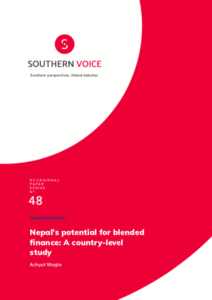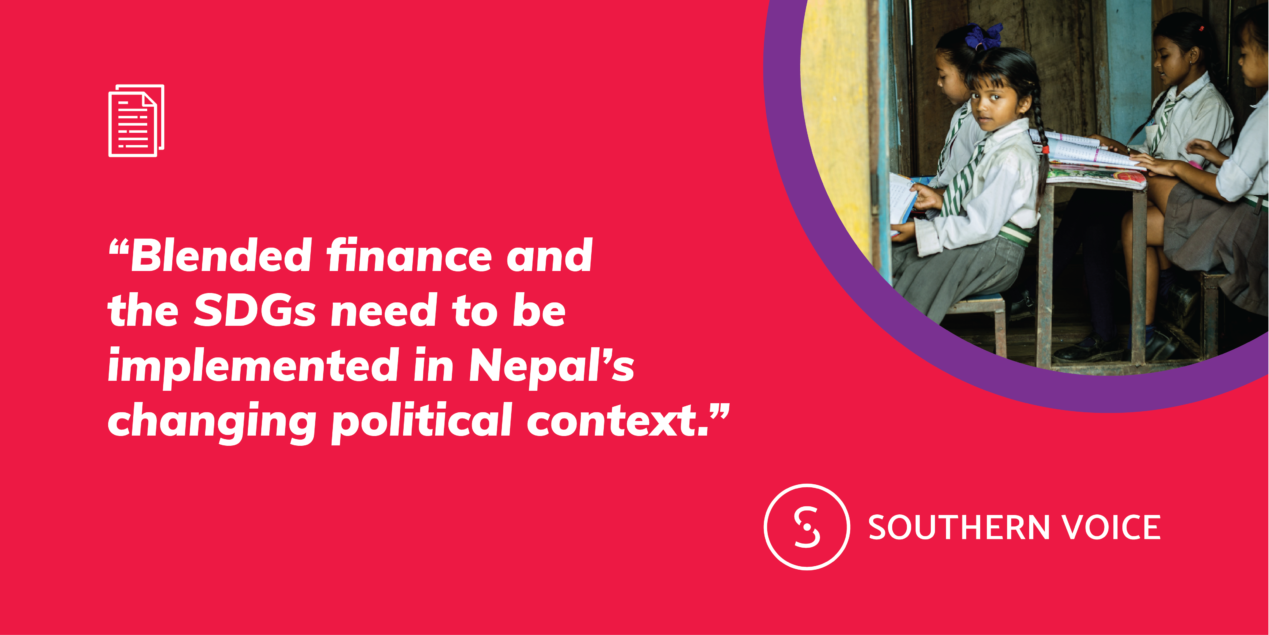Abstract
 The concept of blended finance as an emerging tool for development financing, particularly towards meeting the SDGs in least developed countries (LDC), is seen with substantial optimism in Nepal, especially by the private sector. Albeit, the incumbent government in Nepal sees blended finance as one option among several models of development finance. Development practitioners see it as an opportunity to unlock private financing to meet a significant financing gap to attain the country’s development goals, including the SDGs. This paper takes an exploratory research approach to weigh on possibilities and constraints for blended finance in Nepal. Its findings are based mainly on three strands of research: analysis of available data on public, private, and commercial funding trends and potentials, review of policies and institutional frameworks related to development finance and, extensive group (roundtable) or individual interviews with a wide range of stakeholders including representatives from the Ministry of Finance and the Central Bank, private sector leaders, and international development partners. The study finds that in Nepal, the blended nature of finances has been particularly helpful in the hydropower sector and that the country is likely to encourage blending in specific areas like power generation, transportation, infrastructure and to improve existing mechanisms for SME financing.
The concept of blended finance as an emerging tool for development financing, particularly towards meeting the SDGs in least developed countries (LDC), is seen with substantial optimism in Nepal, especially by the private sector. Albeit, the incumbent government in Nepal sees blended finance as one option among several models of development finance. Development practitioners see it as an opportunity to unlock private financing to meet a significant financing gap to attain the country’s development goals, including the SDGs. This paper takes an exploratory research approach to weigh on possibilities and constraints for blended finance in Nepal. Its findings are based mainly on three strands of research: analysis of available data on public, private, and commercial funding trends and potentials, review of policies and institutional frameworks related to development finance and, extensive group (roundtable) or individual interviews with a wide range of stakeholders including representatives from the Ministry of Finance and the Central Bank, private sector leaders, and international development partners. The study finds that in Nepal, the blended nature of finances has been particularly helpful in the hydropower sector and that the country is likely to encourage blending in specific areas like power generation, transportation, infrastructure and to improve existing mechanisms for SME financing.


